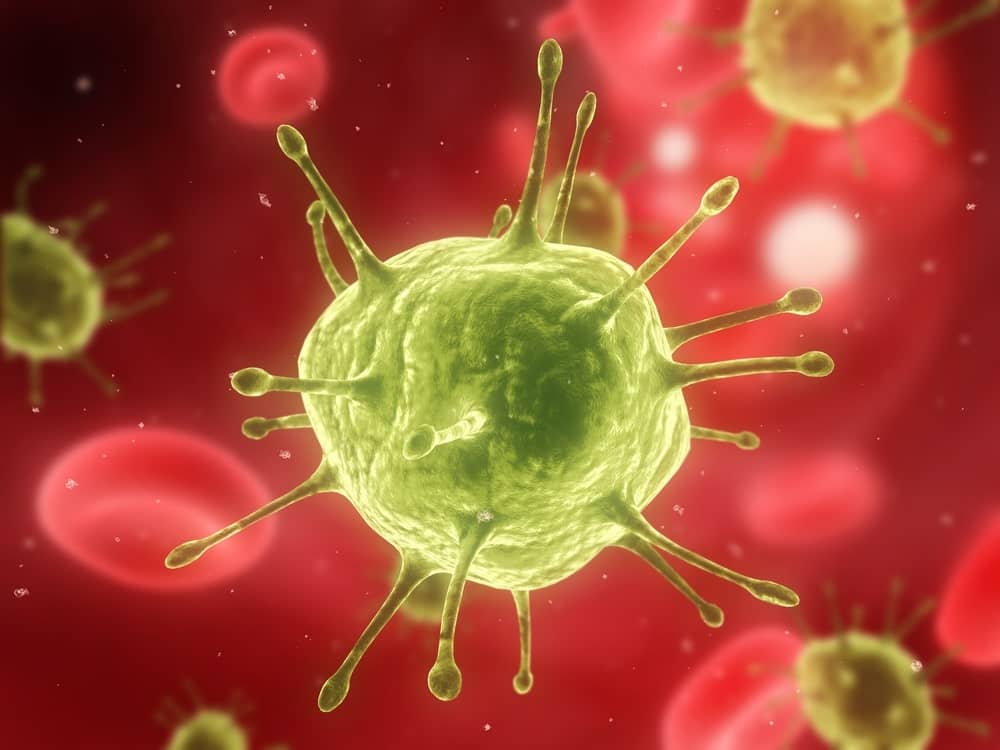
Groundbreaking HIV Treatments Lead to the Cure of Seven Individuals
HIV (Human Immunodeficiency Virus) has posed a global health challenge for decades, impacting millions of lives. Despite significant advancements in antiretroviral therapy (ART), which helps control the virus and prevent its progression to AIDS, a cure has been elusive. However, recent breakthroughs in HIV treatment have achieved what was once thought impossible: the complete cure of seven individuals. This case study explores these medical milestones, the innovative therapies that made them possible, and the broader implications for HIV treatment and global health.
Understanding HIV and the Quest for a Cure
What Makes HIV So Difficult to Cure?
HIV is a retrovirus that integrates into the DNA of host cells, creating latent reservoirs where it remains hidden from the immune system and conventional treatments. These reservoirs are the primary reason why curing HIV has been so challenging. Even with ART, which suppresses viral replication, the virus can persist in these latent states, reactivating if treatment is discontinued.
The Goals of HIV Treatment
For years, the primary goal of HIV treatment was viral suppression. ART has transformed HIV from a fatal disease to a manageable chronic condition. However, researchers have continued to pursue two types of cures:
- Functional Cure: Where the virus is controlled without ongoing treatment.
- Sterilizing Cure: Where the virus is completely eradicated from the body.
The recent cases represent strides toward achieving a sterilizing cure, reigniting hope in the medical community.
The Seven Cured Patients: A Closer Look

HIV Treatments Lead to the Cure
Patient Profiles and Treatments
Each of the seven cured individuals represents a unique case that highlights the diversity of approaches to curing HIV. These cases were reported through a combination of advanced therapies, including stem cell transplants, innovative gene editing techniques, and immunotherapy. Here’s how each approach contributed:
- Stem Cell Transplants:
Stem cell transplants have shown remarkable success, particularly in patients undergoing treatment for other conditions like leukemia. The most famous example is the “Berlin Patient,” Timothy Ray Brown, the first person cured of HIV. Following his case, similar approaches were refined, leading to more successful outcomes. Several of the seven patients underwent this method, receiving stem cells from donors with a rare genetic mutation (CCR5-Δ32) that makes cells resistant to HIV. - Gene Editing:
Advances in gene-editing technologies, particularly CRISPR-Cas9, have allowed researchers to target and remove the virus directly from infected cells. This groundbreaking method was applied to two of the seven patients, effectively eliminating the reservoirs where the virus hides. - Immunotherapy:
Immunotherapy treatments aimed to boost the body’s natural ability to fight the virus. By using engineered immune cells, such as CAR-T cells, researchers enabled the immune system to target and destroy HIV-infected cells. - Combination Therapies:
Several of the cured patients benefitted from combination approaches, where multiple therapies were used in tandem to address both active viral replication and latent reservoirs.
Key Milestones in the Cures
Eliminating Viral Reservoirs
One of the most significant breakthroughs in curing these patients was the ability to target and eliminate latent HIV reservoirs. Previously, these reservoirs were thought to be indestructible, but new therapies have shown promise in detecting and eradicating them.
The Role of CCR5 Mutation
The CCR5-Δ32 mutation plays a crucial role in these cures. This genetic mutation prevents HIV from entering cells, effectively blocking its ability to replicate. By transplanting stem cells from donors with this mutation, researchers created an environment in the patients’ bodies where HIV could no longer survive.
Long-Term Monitoring and Confirmation
After undergoing treatment, all seven patients were closely monitored for years to confirm the absence of the virus. Rigorous testing, including ultrasensitive assays and analysis of immune markers, revealed no signs of HIV replication, marking a definitive cure.
Implications for the Future of HIV Treatment
Scaling the Cures
While these cures are groundbreaking, many of the therapies used are currently expensive and complex, limiting their widespread application. Stem cell transplants, for instance, are invasive and not feasible for all HIV patients. Researchers are now focusing on simplifying and scaling these treatments to make them more accessible.
Potential for Preventative Strategies
The insights gained from these cases may also pave the way for improved preventive strategies. For example, understanding how the CCR5 mutation works could inspire the development of vaccines or therapies that mimic its effects.
Ethical and Social Considerations
As researchers move closer to scalable cures, ethical considerations must be addressed. Ensuring equitable access to these treatments, particularly for populations disproportionately affected by HIV, is crucial.

Challenges and Next Steps
Addressing Global Inequality
Despite these advancements, over 38 million people worldwide are living with HIV, and many lack access to basic ART. Bridging this gap will be essential to ensure that new treatments benefit those who need them most.
Overcoming Scientific Hurdles
While the seven cures represent a major victory, significant scientific challenges remain. For instance, not all HIV patients can benefit from therapies targeting CCR5, as some strains of the virus use alternative entry points to infect cells. Researchers are now exploring broader solutions.
Expanding Clinical Trials
Larger clinical trials are necessary to validate these therapies and refine their application. Encouraging diverse participation in these trials will ensure that future treatments are effective across different demographics and viral subtypes.
Conclusion: A New Chapter in the Fight Against HIV
The successful cure of seven individuals represents a turning point in the global fight against HIV. These cases demonstrate that a sterilizing cure is not only possible but achievable through innovative therapies and collaborative research.
As science continues to advance, the hope is that these breakthroughs will lead to accessible, scalable treatments that can benefit millions of people worldwide. The road ahead will require sustained investment, ethical consideration, and a commitment to global health equity, but the progress made so far is a testament to the power of innovation in medicine.
Groundbreaking HIV Treatments Lead to the Cure of Seven Individuals –
Search more – https://youtu.be/Xz0uQmLJqi4?si=1VWVYy_oNZQ5a7nB
Boost Your Immune System Naturally with Food and Healthy Habitsp



